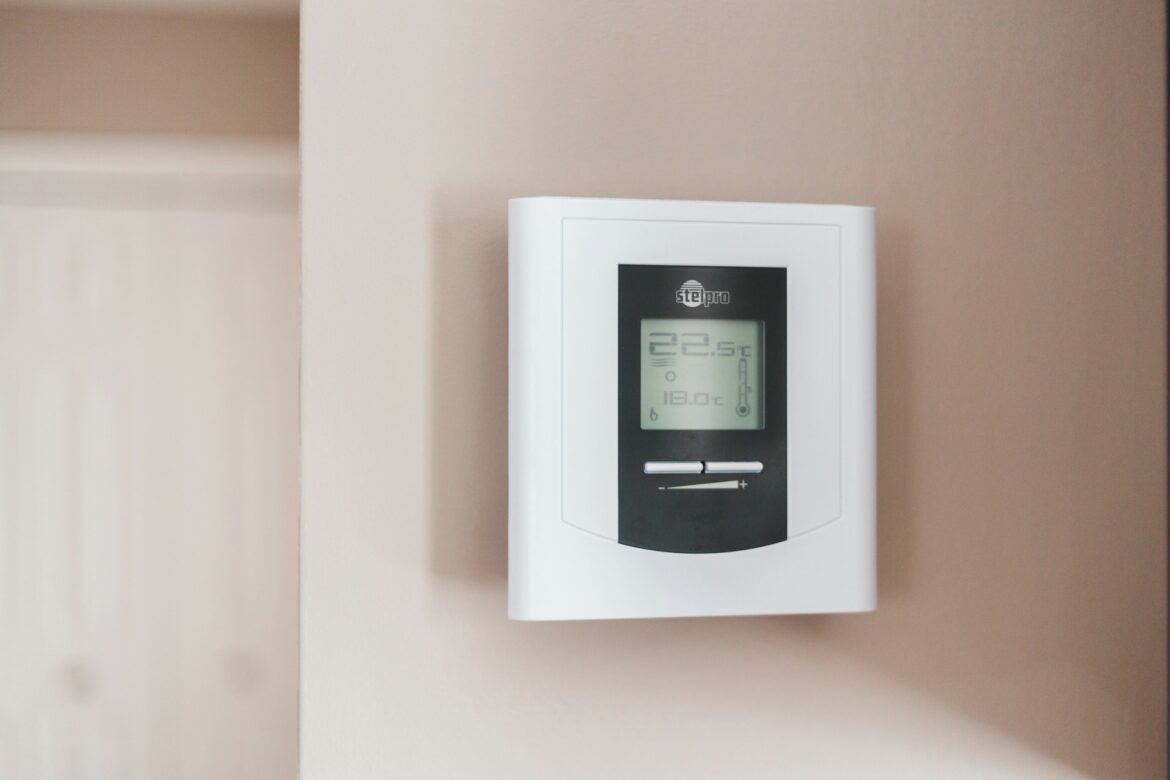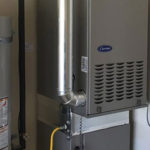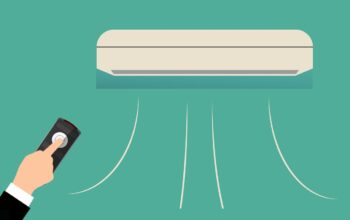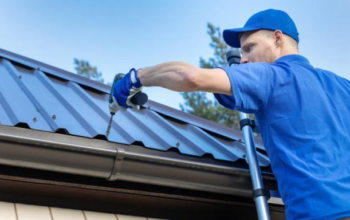As the seasons change and the cold of winter approaches, keeping your home warm and cozy becomes a top priority. Upgrading your heating system is a significant step toward improved energy efficiency and reliable warmth.
This guide will walk you through the important steps to prepare your home for a heating system upgrade. Whether you’re looking to enhance comfort, cut down on energy costs, or both, the right preparation can lead to a seamless transition to a better, more efficient heating solution.
Get ready to cozy up this winter with our simple guide to upgrading your home’s heating—visit this website for all the warm details!
Assessing HVAC
Evaluating your current heating system is a critical first step in preparing your home for an upgrade. By assessing the age, efficiency, and operation of your existing setup, you can identify the specific areas that need improvement.
Consider factors such as fuel type, maintenance history, and performance during peak cold weather. Understanding the capabilities and shortcomings of your current system will guide you in selecting a new heating solution tailored to your home’s requirements.
This critical evaluation will also help you estimate potential energy savings and set a realistic budget for the upgrade. By laying this groundwork, you’ll ensure that your heating system upgrade aligns with both your comfort needs and energy efficiency goals.
Insulation
Proper insulation is the unsung hero in maximizing the efficiency of your heating system. It acts like a blanket for your home, keeping warm air in and cold out, which means your upgraded heating system won’t have to work as hard to maintain a comfortable temperature.
Ideally, before installing any new heating equipment, check your attic, walls, and floors for adequate insulation. Areas that are particularly prone to heat loss should be addressed first, with materials that have a high R-value — a measure of insulation’s effectiveness.
By tightening up your home’s insulation, you can ensure that every BTU from your new heating system is used to its full potential. This means lower energy consumption and cost savings over time.
You can significantly reduce heating costs by sealing any gaps or cracks in windows and doors, installing weatherstripping, and adding insulation to attics, walls, and floors.
Installation process
The installation process of a new heating system is intricate and requires professional expertise. To adequately prepare for this phase, there are several aspects homeowners should be aware of. Firstly, having a clear schedule and determining whether the installation will require a full day or multiple days is essential.
Removing your old heating system can be complex, involving safe disposal of the unit and potential modifications to your home’s structure or ductwork. It’s also an opportunity to assess and repair any hidden issues. The installation of the new unit must comply with local building codes. Furthermore, professional installers handle permits and ensure safety standards throughout the process.
Lastly, understanding that there will be some disruption to daily life during the installation is crucial. Homeowners should make practical arrangements, such as clearing the work area and planning for any temporary heating solutions if needed.
Right heating system
Before making any final decisions, you should explore the different types of heating systems available. From traditional furnaces to modern heat pumps, each option has its unique benefits and considerations.
Learn about energy efficiency ratings, like AFUE, SEER, and HSPF, and the long-term savings they could offer for your specific climate and home size. Consider the fuel type, maintenance requirements, and any available tax credits or rebates for energy-efficient systems.
Ultimately, choosing the right heating system for your home can make all the difference in achieving maximum comfort and cost savings. With proper preparation and research, you can confidently select a heating solution that meets both your immediate and long-term needs.
Financial options
A comprehensive financial plan ensures that the investment in a new heating system doesn’t become a burden. One needs to explore various financing options, such as personal loans, home equity loans, or special heating equipment financing programs that may offer favorable terms.
Understanding the full cost—including potential energy audits, equipment, installation, and any additional home improvements for efficiency—is crucial for creating a realistic budget. Research local and federal incentives such as tax credits, rebates, and grants that can significantly lessen the financial load.
Developing a sound financing strategy early on will help you manage the expenses associated with upgrading your heating system without sacrificing quality and efficiency. Securing the necessary funds before initiating the project can help you get things started properly and ensure a smooth installation process with financial peace of mind.
Related Posts

Loves home. I am here to provide how to make your home a much better place. 🙂 Blogging about HomeDecor, Home Improvements and more.











